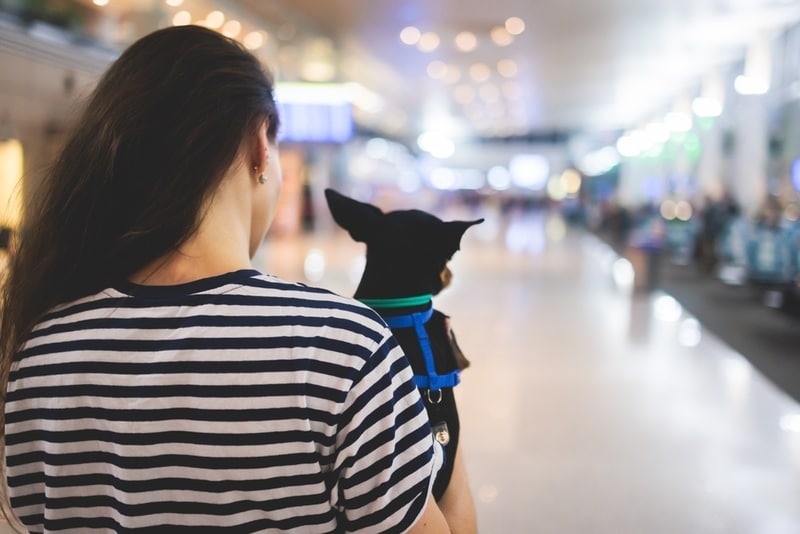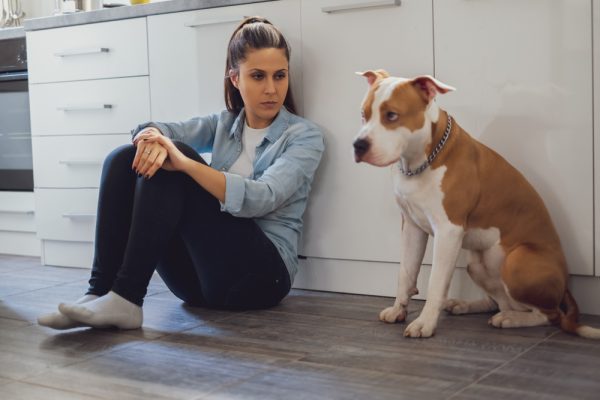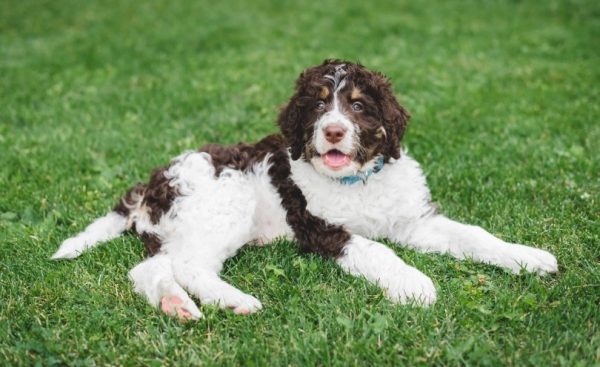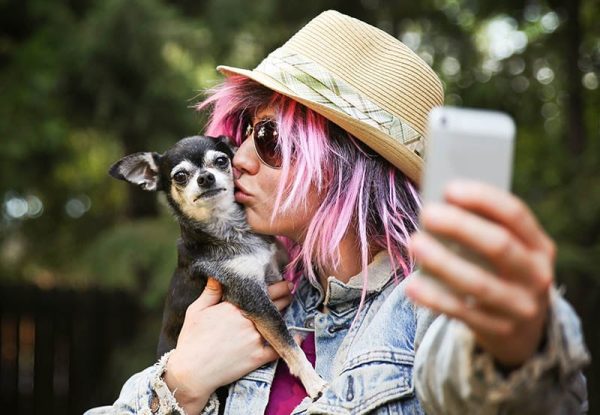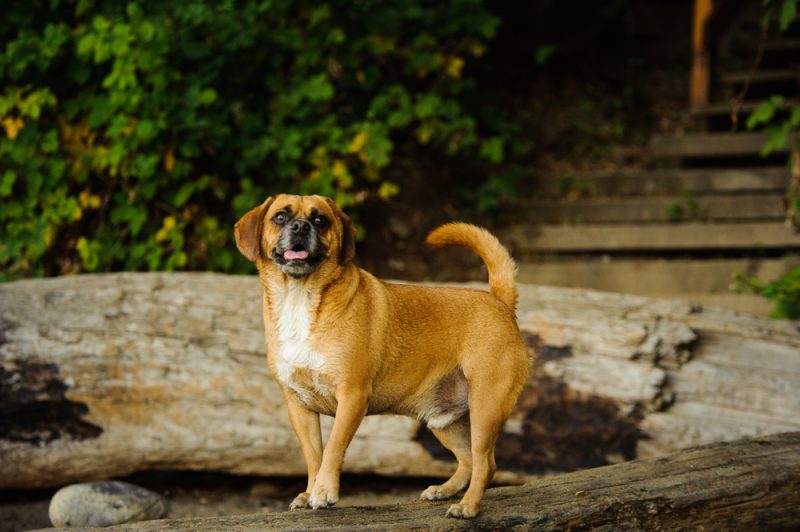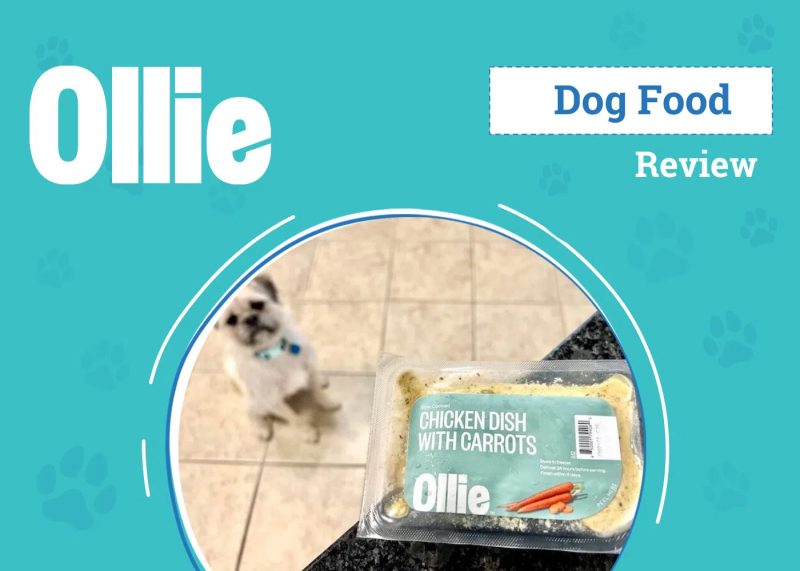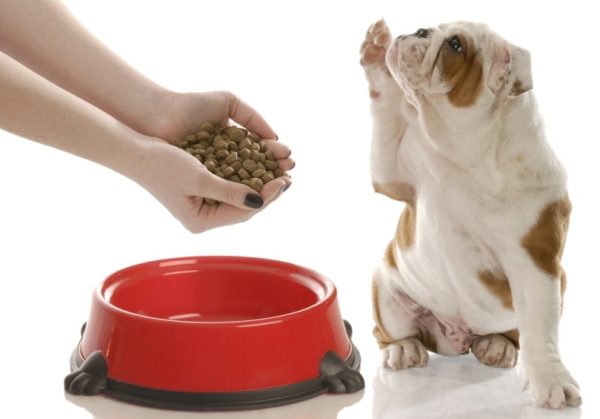Humans are not the only ones who experience anxiety while flying, and for some dogs who must travel by air, the fear can be overwhelming. Dogs too big to fit underneath the seat in front of you in a pet carrier must fly in the cargo area unless the dog is a service animal. When flying with your dog, it’s crucial to know that your dog will be exposed to many unfamiliar people, smells, and other potentially scary things.
If you have a flying trip coming up with your anxious dog, fear not. In this guide, we’ll examine nine tips for flying with an anxious dog so that you are prepared to make the trip as comfortable as possible for your canine kiddo.

The 9 Tips for Flying With Anxious Dogs
1. Visit the Airport Before Your Departure Date
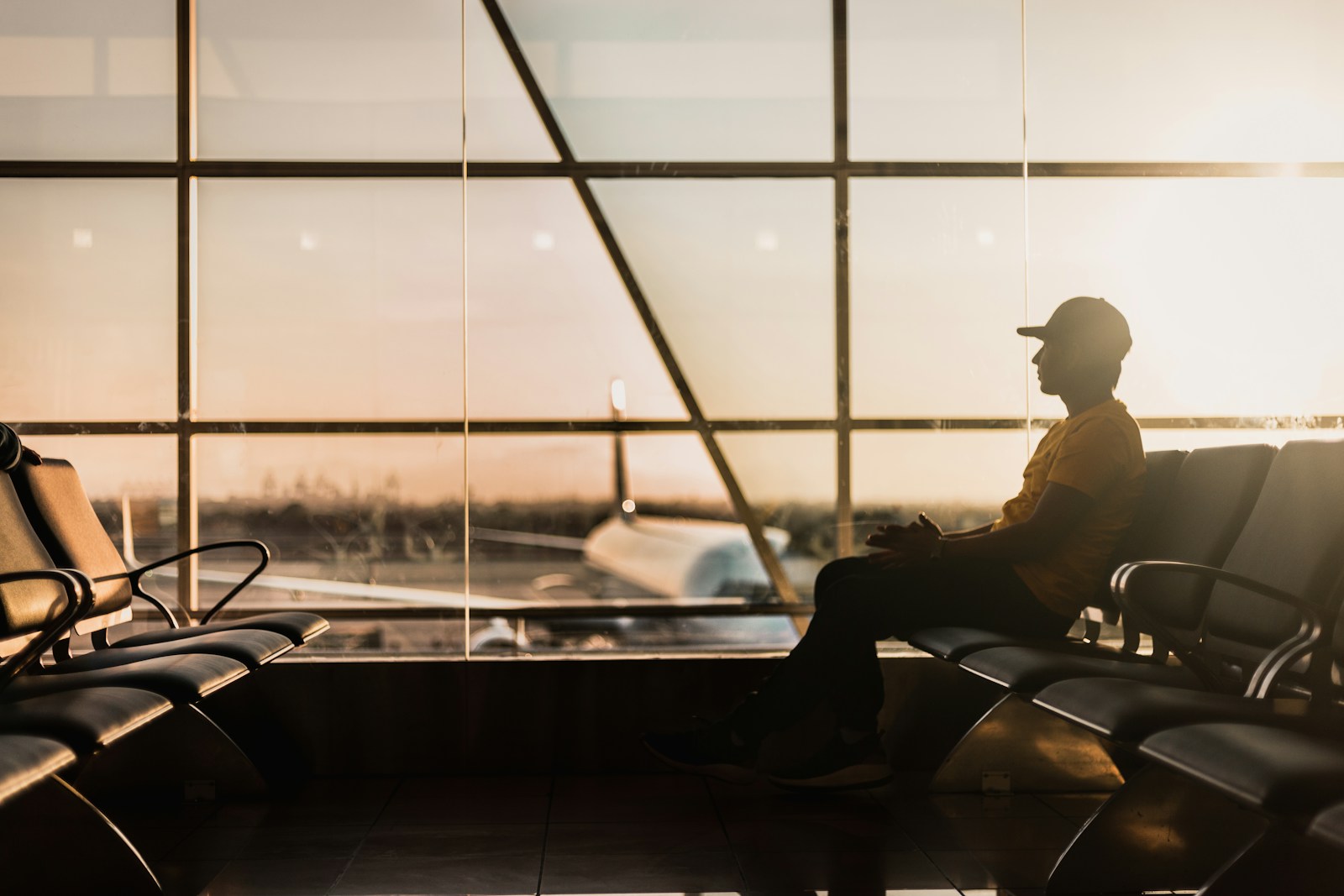
Visiting the airport prior to your departure is an excellent way to familiarize your dog with the airport environment. You can take your dog for a walk outside to get them used to the usual sights, sounds, and smells of the airport, such as planes taking off, the many people coming and going, etc. You may be able to take your dog into certain areas inside the airport as well. By exposing your dog prior to your departure day in a positive way, your dog will at least be somewhat familiar with all the airport activity, which can help reduce stress.
2. Acclimate Your Dog to the Crate/Pet Carrier
Whatever type of pet carrier or crate you use, ensure your dog is comfortable by using a gradual process of counterconditioning and desensitization. Start acclimatizing them to the crate well in advance of flying. Practice placing your dog inside the carrier and rewarding them with treats and praise when they relax and settle inside. Walking around with your dog inside the carrier is also a good way to get them used to being moved around while inside. You can also place the carrier on top of the suitcase and roll it around, rewarding them with small treats and praise when they remain calm inside.
If your dog is traveling in the cargo area, keep in mind that the carrier will be picked up and placed on the airplane’s conveyor, which can be frightening for any dog. Having your dog enter and exit the carrier while slightly elevated can help reduce anxiety when your dog is loaded into the plane.
3. Choose the Correct Pet Carrier
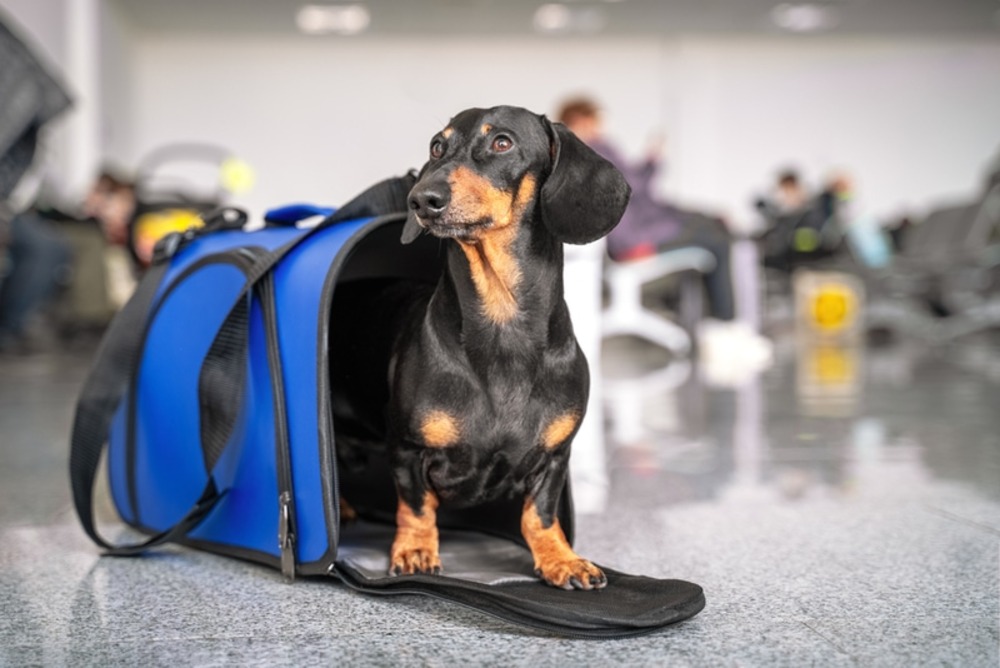
It’s vital to know the airline’s rules and regulations regarding pet travel, especially weight restrictions for cabin travel (the typical weight limit is up to 20 pounds but may vary depending on the airline).
Some airlines allow for both soft and hard-cased carriers, but leakproof, hard carriers are required if your dog is flying in the cargo area for safety. Crates made of fiberglass, weld metal mesh, metal, or rigid plastics are typically acceptable. We recommend using a soft carrier if your dog is flying in the cabin because it allows your dog more room and comfort while inside, which can help reduce anxiety. However, a hard carrier is fine as long as your dog can stand up and move around comfortably, which is typically an FAA regulation. Carriers must have adequate ventilation panels.
Ensure the carrier is of acceptable size according to your particular airline’s rules and regulations to prevent a headache at check-in, which can also add to your dog’s anxiety.
4. Limit Food Intake Before the Flight
You certainly do not want to deprive your dog of food on the day of travel, but limiting food intake prior to departure is suggested in case your dog suffers from motion sickness and to help prevent them passing feces in their crate. If your dog needs to potty while on the plane, anxiety will likely settle in. It’s usually best to feed your dog roughly 5 to 6 hours prior to flying.
Your dog should have access to water until flight time. Water should also be available while your dog is inside the crate, with a water dish attached that can be filled without having to open the crate door. It’s best to place a potty pad or similar absorbent material inside the carrier in case of accidents.
5. Book a Direct Flight

It’s not always possible to book a direct flight, but if it’s available, you should take advantage of the availability. Connecting flights will require your dog to be shuffled around more, which can add to your dog’s stress and anxiety.
6. Tire Your Dog Out
Ensure you allot time to exercise your dog as much as possible before heading to the airport. The more tired your dog is, the more likely they’ll sleep while en route. Exercise will also help reduce the anxieties of the airport itself upon arrival and check-in, security, etc.
7. Bring Your Dog’s Favorite Blanket
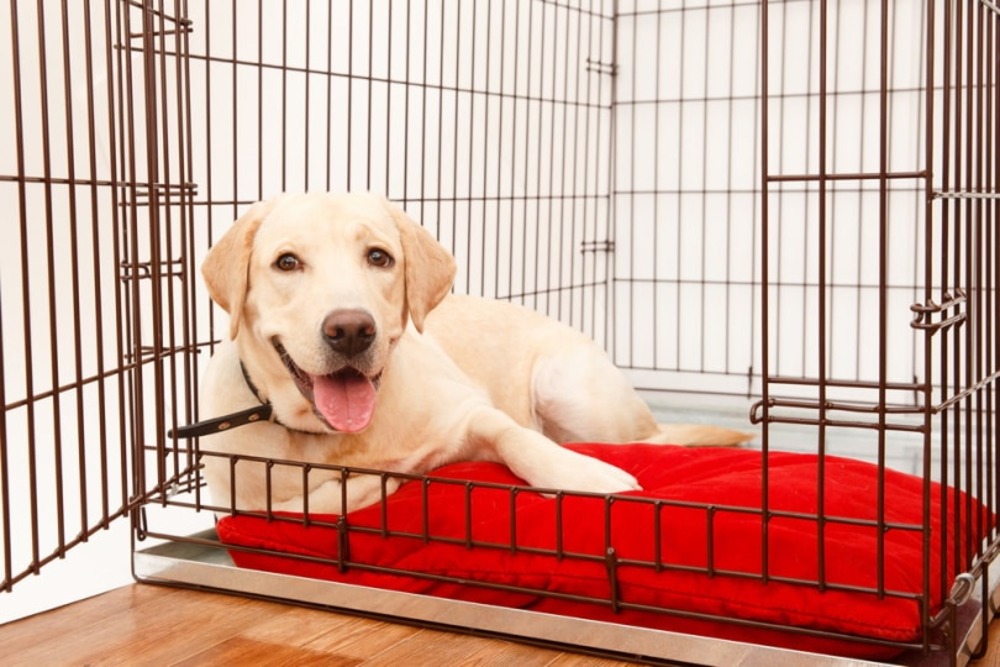
Bringing something from home can help reduce anxiety for your dog. If your dog has a favorite blanket, by all means, place it in the carrier. You can also bring a piece of your clothing so your dog can smell you, which is helpful if your dog is flying in the cargo area. Avoid thick materials that your dog can wrap themselves in, as they may increase the risk of respiratory issues. Unfortunately, some airlines will not allow your dog to bring their favorite toy because it’s a loose object, which can be a safety hazard.
8. Ask a Veterinarian About Calming Products and Supplements
If your dog is extremely anxious, you may wonder if you can sedate your dog before traveling. The American Veterinary Medical Association (AVMA) advises against sedation for safety reasons, primarily due to possible respiratory or heart issues from altitude fluctuations. Airlines may require a signed statement that your dog has not been sedated.
However, a vet may recommend calming products and supplements, or occasionally tranquilization as opposed to sedation. These methods cause calming effects without causing drowsiness, but it’s crucial to follow the vet’s recommended dosages.
It’s vital to consult a vet beforehand, and never take it upon yourself to give your dog a sedative of any kind, especially before travel.
Did you know you can speak to a veterinarian without having to travel? Just head over to PangoVet. It's an online service where you can talk to a vet online and get the advice you need for your pet — all at an affordable price!

9. Receive a Clean Bill of Health
If your dog has not been checked by a vet recently, it’s advisable to acquire a clean bill of health for your pet prior to departure. Some dogs may not be healthy enough to travel, and they may have a health issue you were unaware of that could hinder their safety while in flight. In fact, most airlines require a health certificate 10 days prior to travel.
Know that if you have a brachycephalic breed, like a Boston Terrier, Pug, etc., you’ll need to have your dog checked by a vet. Brachycephalic breeds are more susceptible to respiratory issues in the cargo area due to altitude fluctuations, and it’s best to inquire with a vet about your dog’s safety.
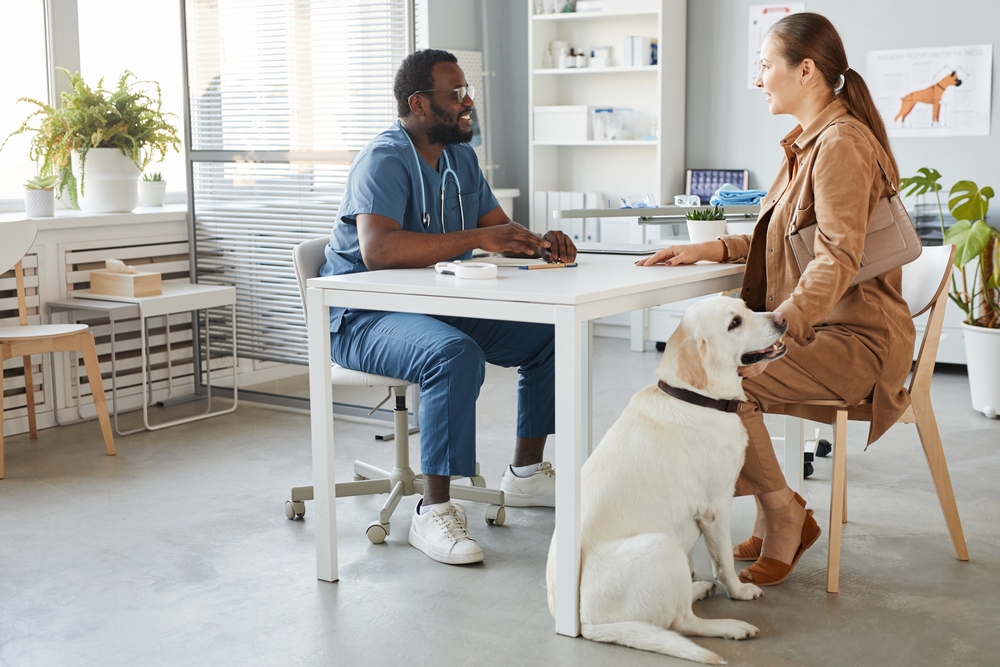

Will My Dog Be Safe in the Cargo Area?
It’s perfectly normal to be worried about your dog’s safety if they are required to fly in the cargo area, especially if you have an anxious dog. While the cargo area is climate-controlled and pressurized, it’s still unsettling knowing your dog is somewhere in a strange place without you, especially underneath a plane.
We advise you to enquire about your airline’s safety protocols regarding pets flying in cargo, as the protocols may vary among different airlines. For example, Delta will not fly your pet in the cargo area under extreme weather conditions, specifically with outside temperatures above 80°F or below 20°F. Know that some airlines reserve the right to fly your pet on a different airplane from you, but typically, they will try their best to accommodate your dog flying on the same flight.
But is it safe? Well, it’s difficult to answer. Yes, the cargo area is climate-controlled and pressurized, but your dog may be too anxious for air travel. If your dog is too big to fit underneath your seat, you may consider driving, if possible. Of course, this may not be an option, especially for overseas travel. Keep in mind that the airlines have specific protocols in place for the safety of your animal, but it may be entirely up to you to decide if you feel safe with your dog in the cargo area.
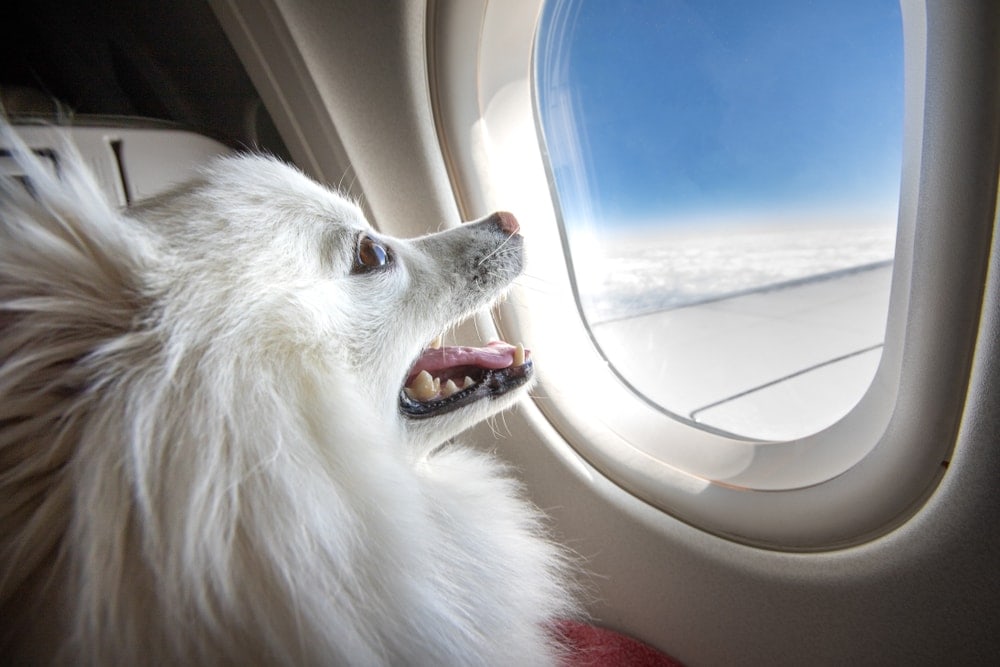

Conclusion
The goal for flying with an anxious dog is to associate flying with treats and rewards to replace the fear and anxiety. Some dogs are too anxious to fly regardless, in which case you’ll need to make other arrangements. The best scenario for air travel with your dog is to place them in the cabin with you rather than the cargo area. If you must fly your dog in cargo, it’s advised to consult a vet for safety measures you can take to ease your dog’s anxiety.
Featured Image Credit: Tsuguliev, Shutterstock
